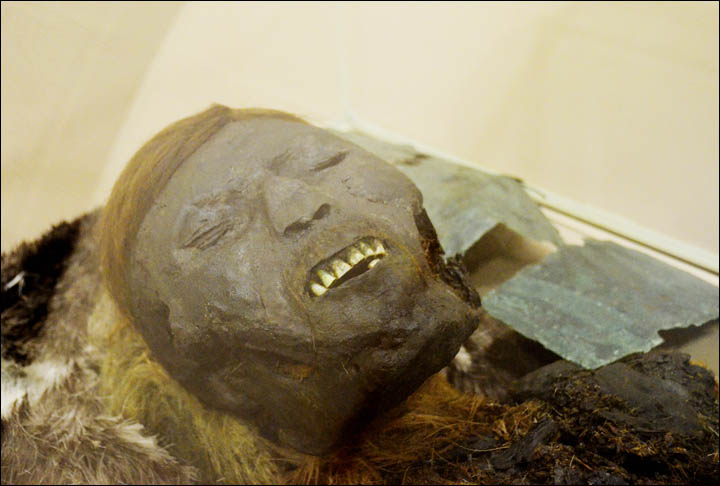Some 800 years ago, a young adult was buried on Peru’s central coast. Caretakers mummified the individual, wrapping their remains in cloth, placing their hands over their face and tying their limbs together with rope in accordance with funerary practices popular in the mountainous Andean region.

The mummy rested underground until earlier this year, when archaeologists stumbled onto their tomb during an excavation, reports Marco Aquino for Reuters. Yomira Silvia Huamán Santillán and Pieter Van Dalen Luna, both archaeologists at the National University of San Marcos, led the dig, according to a statement.

As Huamán tells CNN’s Jeevan Ravindran, the find came as a shock.
“The whole team was really happy because we didn’t think this was going to happen,” the archaeologist says. “We didn’t expect to make such an important discovery.”

Researchers hope to study the tomb and its occupant to learn more about the Indigenous communities that lived along Peru’s coastline prior to the Inca Empire’s rise to prominence around 1400 C.E. As Van Dalen Luna explains to CNN, “The discovery of this resident sheds a new light on interactions and relationships in pre-Hispanic times,” before Spaniards invaded the region in the 16th century.

Though the mummy’s gender has not yet been confirmed, Van Dalen Luna says they were likely a young man who died between the ages of 25 and 30. Speaking with Reuters, the archaeologist adds that researchers hope to use radiocarbon dating techniques to obtain a “more precise chronology” of the individual’s life.

The unidentified individual was buried inside an oval-shaped tomb directly beneath the town square of Cajamarquilla. Located just outside of present-day Lima’s city limits, this city of mud-brick buildings was once a bustling trade hub. As Huamán writes for the journal Arqueología y Sociedad, Cajamarquilla is one of the largest yet least-studied pre-Hispanic settlements along Lima’s coast.